China Automotive Exports Crashing Against Geopolitical, Currency Challenges
China may be a hotbed for automakers to bring in their latest and greatest, but exports of its automotive wares aren’t as hot these days.
The China Association of Automobile Manufacturers reported a drop of 22 percent in exports of commercial and passenger vehicles during April, falling to 61,600 units shipped compared to the previous month according to Bloomberg. The group also found a decline of 15 percent over the first four months of 2015, putting a significant ding on the nation’s goal of 860,000 units shipped elsewhere this year.
Causes of China’s export woes include geopolitical issues in Iraq, Russia and Ukraine, and currency challenges in Algeria and Argentina, per association deputy secretary-general Shi Jianhua, who sees no signs of improvement on the horizon.
The 2015 export target is a far cry from the nation’s peak of 1.06 million units in 2012, and is less than the 910,400 units sent overseas in 2014.
[Photo credit: Landwind]
Seattle-based writer, blogger, and photographer for many a publication. Born in Louisville. Raised in Kansas. Where I lay my head is home.
More by Cameron Aubernon

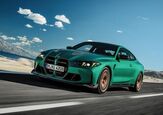


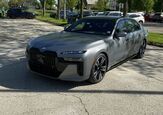











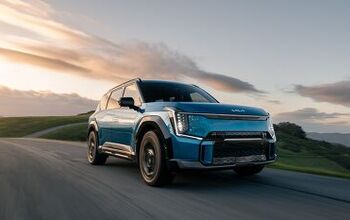
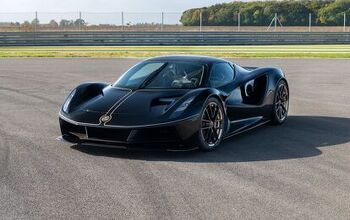
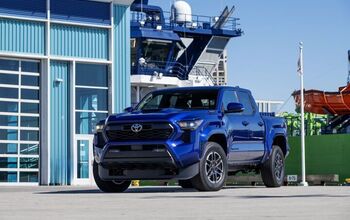
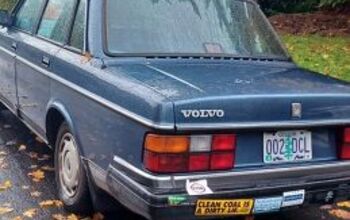

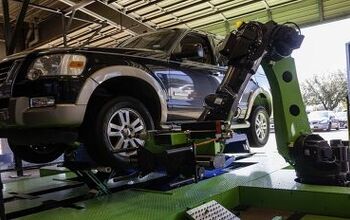
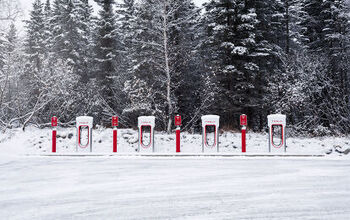


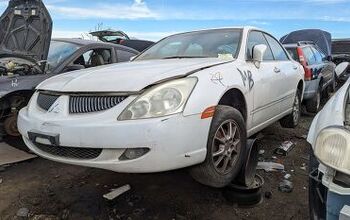

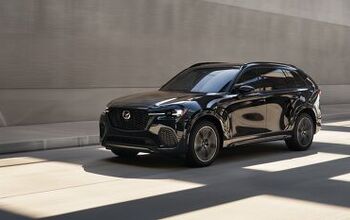
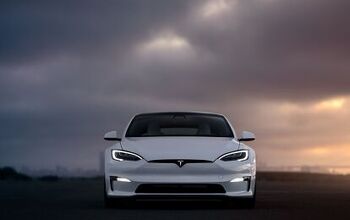

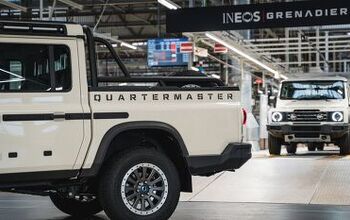
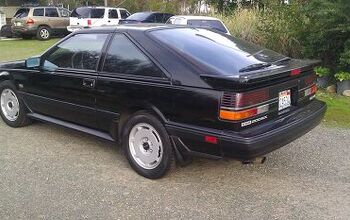
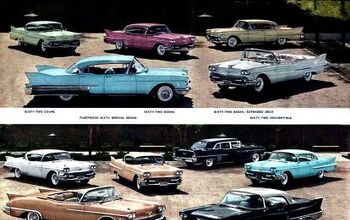
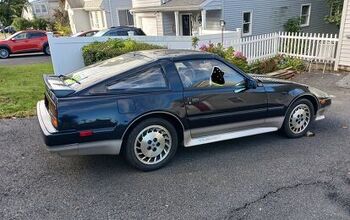
Comments
Join the conversation
Is that a Chinese copy of an Isuzu Rodeo up top? Sure looks like it!
They just don't have the experience. Post war to the eighties they were more bicycle than the Dutches. Throwback nostalgia there seems focused on forties Buicks or a handful of Peugeot gifts for the Maoist leadership.
My personal opinion, which may be wide of the mark, is that the Chinese like to sell products that require no long-term service; i.e. once built and sold, the producer is no longer interested in what the customer thinks. They sell widgets. To be successful flogging vehicles, after-sales service becomes important. I'm not sure the Chinese want to become that involved.
For the non-pickup US market the Chinese are just going to have to get in line behind the Koreans, Americans and Europeans for the crumbs the Japanese leave behind. For pickups, the cost of developing safety, power and amenities will be prohibitive. Then there's the cultural revulsion. Chinese automotive build quality is something I think will never be tested in North America because they'll never get a foot in the door. Way too late to the table. And most Americans are only getting broker.